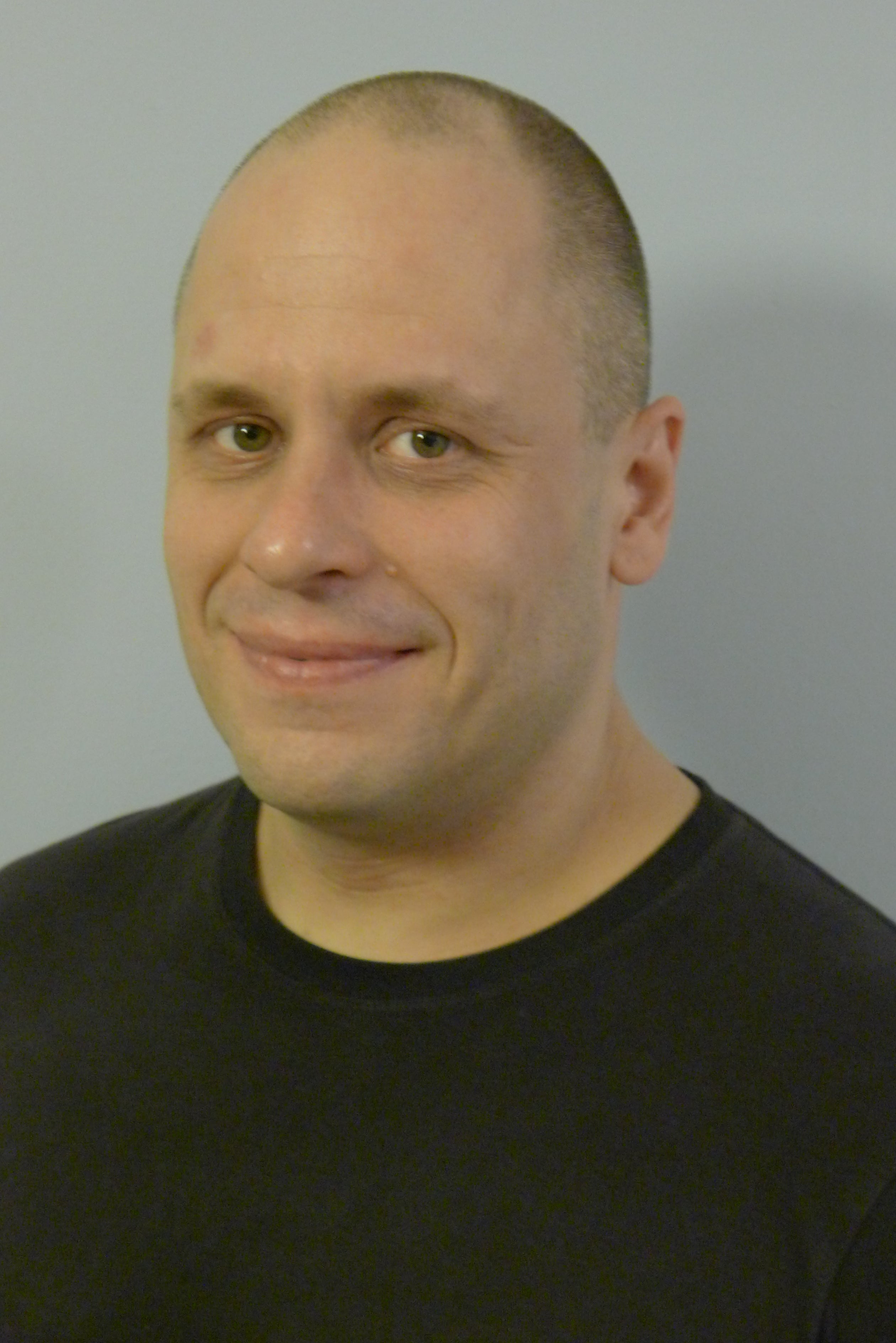Comptel handles about 20 percent of the world’s mobile data usage, giving CTO Mikko Jarva a birds-eye view of digital shifts and international trends. In this interview, Jarva shares why every business will eventually be an Internet of Things business.

The Enterprisers Project (TEP): How has the diversification of devices, from smartphones and tablets to now the Internet of Things, changed your business strategy?

Jarva: Comptel’s mission is about perfecting digital moments. While this may appear to be a rather broad objective, it gives us a great viewpoint and a story into digitalization, which by the way is manifested through this diversification of digital devices. Digital connected devices have very differing demand for communications services depending on the type, user, time, location etc. and perfecting digital moments then becomes about detecting such personalized demand continuously and supplying for it in agile fashion. As the end users diversify their devices, exceeding their expectations means that a seamless omni-channel digital experience in various touchpoints needs to be delivered. We call this the perfect digital customer journey. In short, there’s an urgent demand for digital services providers to transform to agile, customer-centric digital operations, and we are ready to supply the solutions for that.
TEP: IoT is on the rise, but it's unclear if we've moved beyond early adopters. Is IoT a sure bet for the enterprise?
Jarva: A sure bet is that every process that can be digitalized will be digitalized, with IoT being a major technical enabler in that. If we think in such fashion I think we realize that we have already moved beyond the early adopters (e.g. Uber has numerous local and regional competitors by now), but also that there’s so much more potential for value that can be created (cross-industry, vertical solutions are few). Instead of “whether I should do IoT” companies should ask questions like “what are the benefits if we automated all data collection?,” “can we provide better customer experience going fully digital?,” or “is there any external party who would value my data?” If any of that kind of question ticks yes, the respective technologies like IoT should be harnessed to gain those benefits.
TEP: Will IoT exacerbate the trend of over collecting and under analyzing?
Jarva: This interesting trend may be a consequence of the even more general trend of embracing technologies before properly thinking of the real world problems they help solve (e.g. big data technologies enabled collecting, storing and analyzing huge data sets, while the set of practical use cases is still not that big at all). It’s easy to see IoT following the same path. Data is being collected because it can be collected, but then what? Technological advances in analytics and machine learning automation has made the analysis part less of a hurdle so that now we may be seeing a trend of over analyzing and under acting instead. Therein lies the ultimate challenge: Without clear application of insights into actions, doing data collection, analysis, and related technology is all in vain.
TEP: What benefits are companies missing by sitting out IoT?
Jarva: I would state this slightly differently: what benefits are companies missing by not fully embracing digitalization and automation enabled by IoT and other technologies? If the right problems are solved in the right way, the benefits can be transformative. By fully automating data collection, analysis and subsequent actions, companies can become truly data-driven, which means they can deliver personalized digital experience at global scale, disrupt their existing processes with leaner and meaner ones, or find altogether new cross-industry revenue streams for their insights. We can quantify such benefits. From our experiences, we know personalized contextual engagement yields at least three times better response rates than traditional ones; an agile data-driven system can replace two to three legacy systems; and that financial corporations will pay telecommunication companies extra for more secure transactions.
TEP: Where will IoT be by 2025? How is that vision informing your company?
Jarva: By 2025, there will be a lot more connected devices with increasing variety and intelligence connecting to a network that is more efficient in terms of power requirements, bandwidth and self-organization. There will be more data generated that can be stored. And security and privacy management will remain extremely challenging unless distributed trust technologies like block chain are widely adopted to manage them. The connected devices will be part of global meshed network more and more of which is socially and self-organized and maintained, which means that the control by any central party like telcos, banks, governments, Google, Facebook maybe diminished. In such environment, data or data processing is the currency, and we have to have agile, intelligent, actionable and distributed data processing solutions that we provide to customers that are likely to be quite different from the ones we have now.



